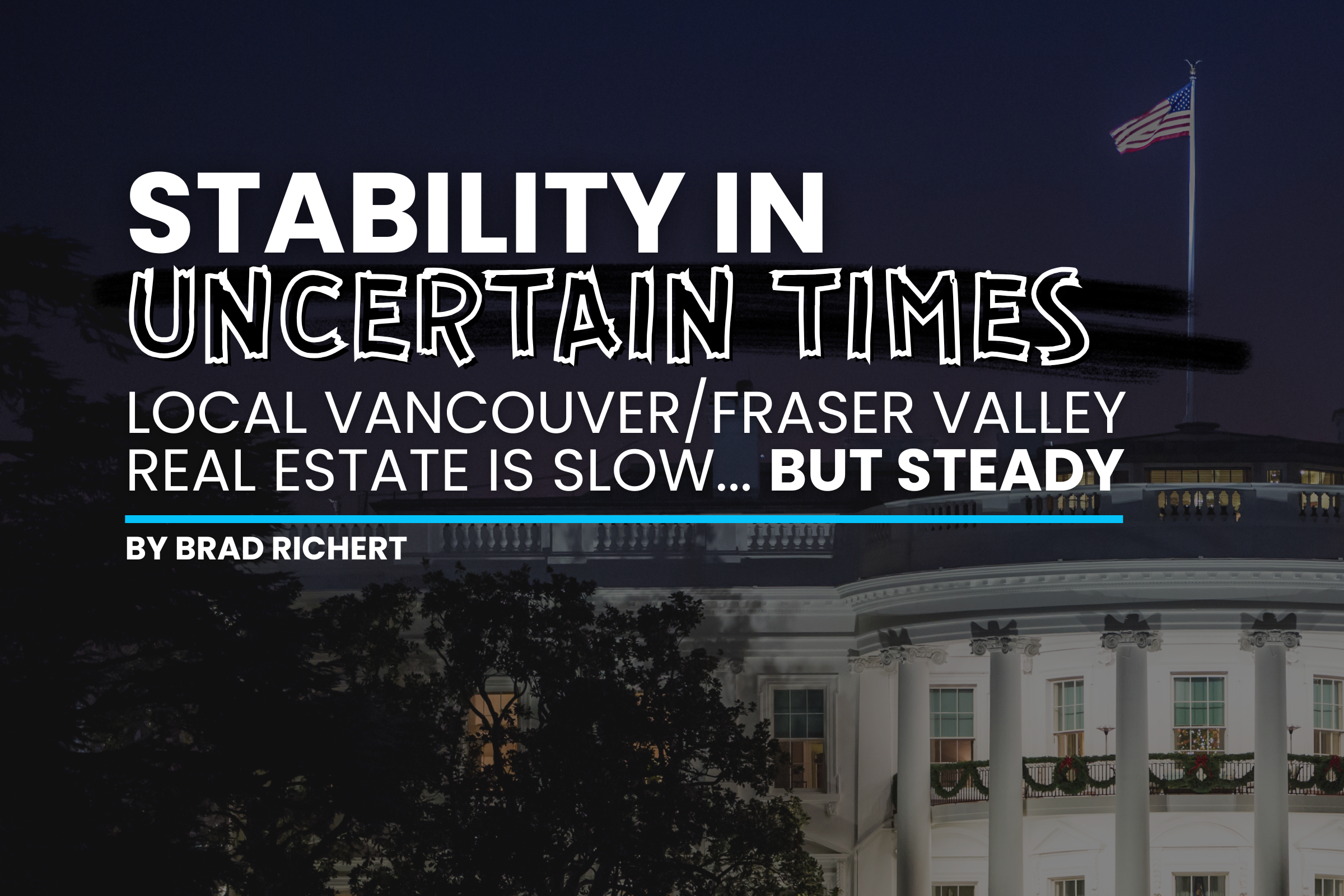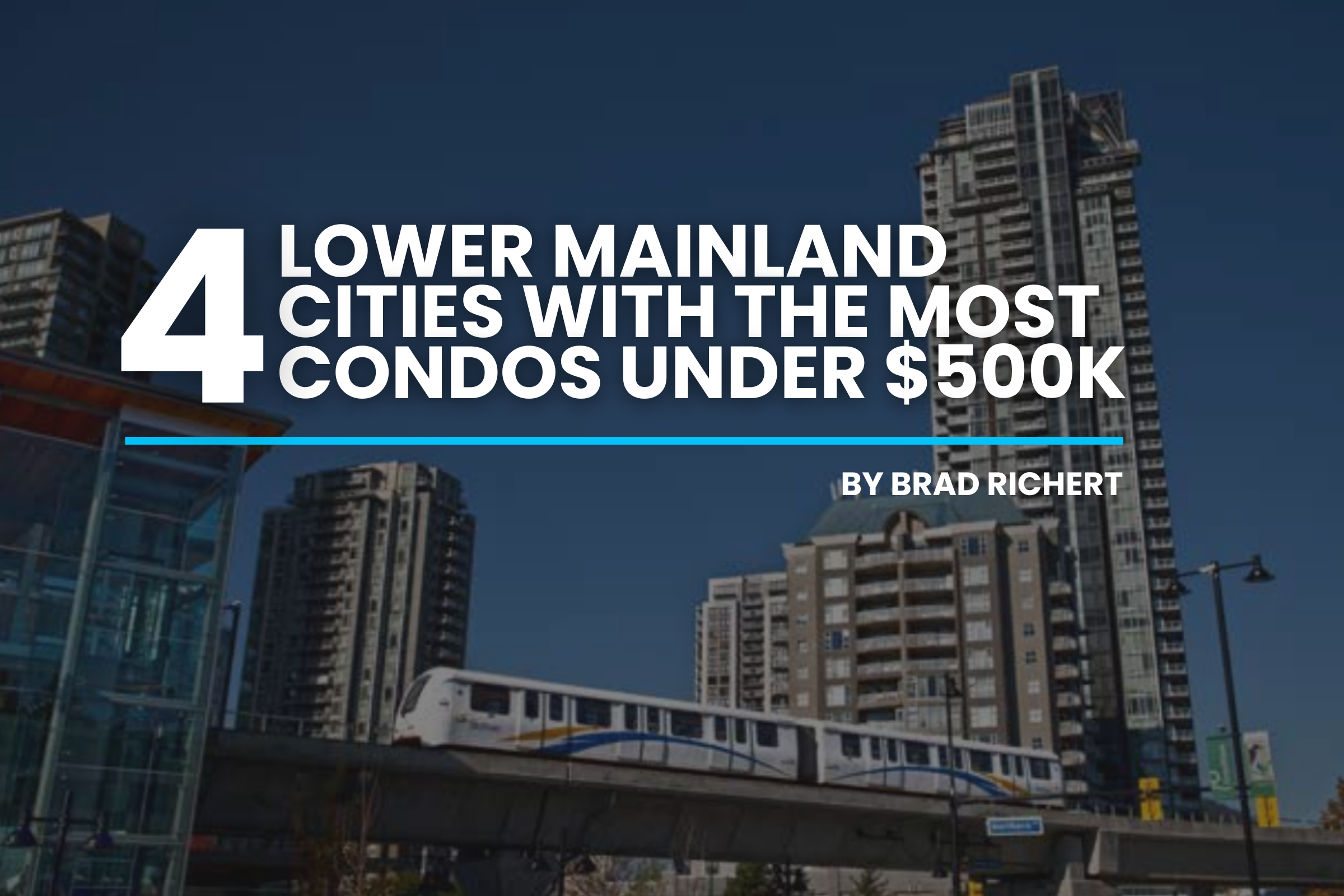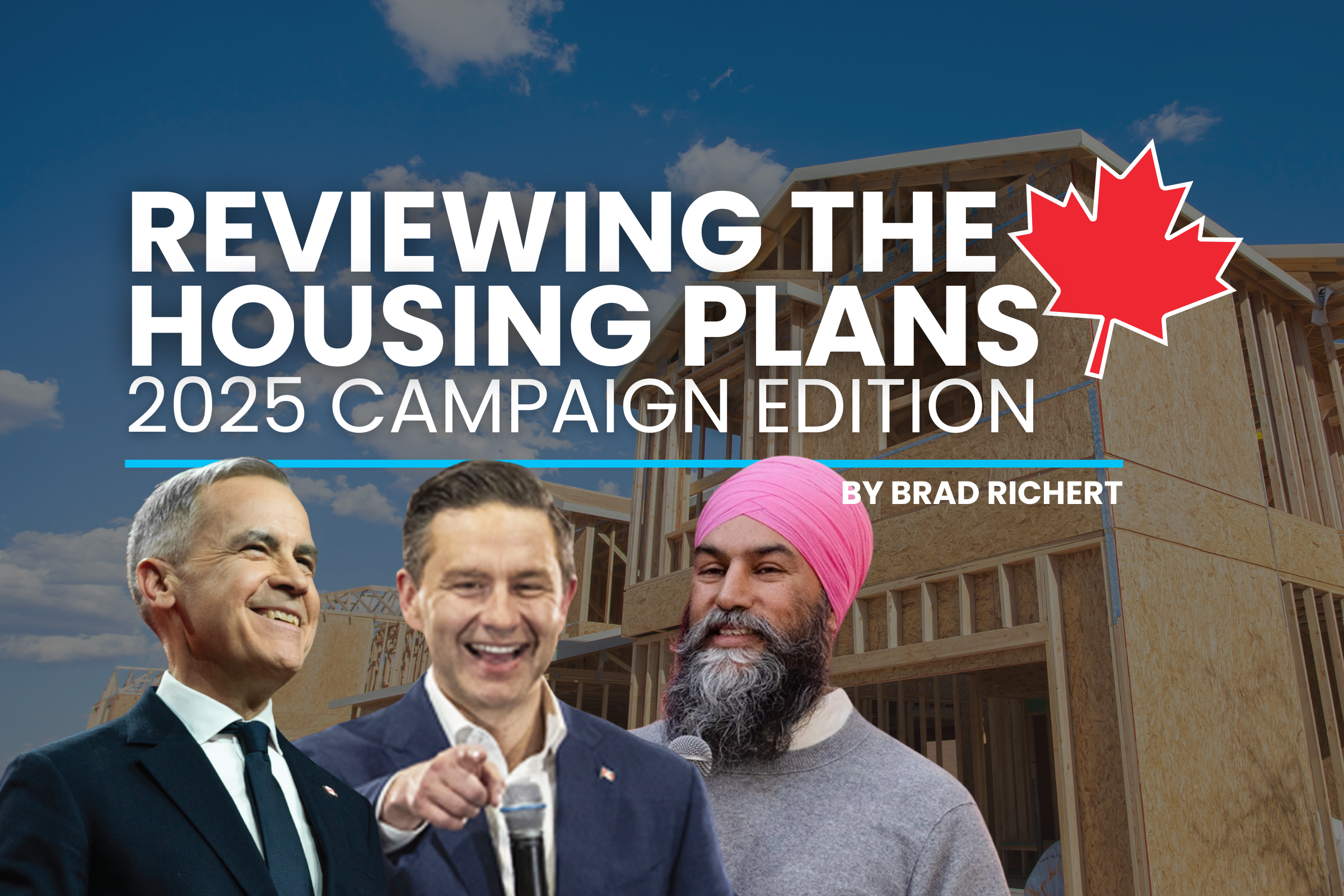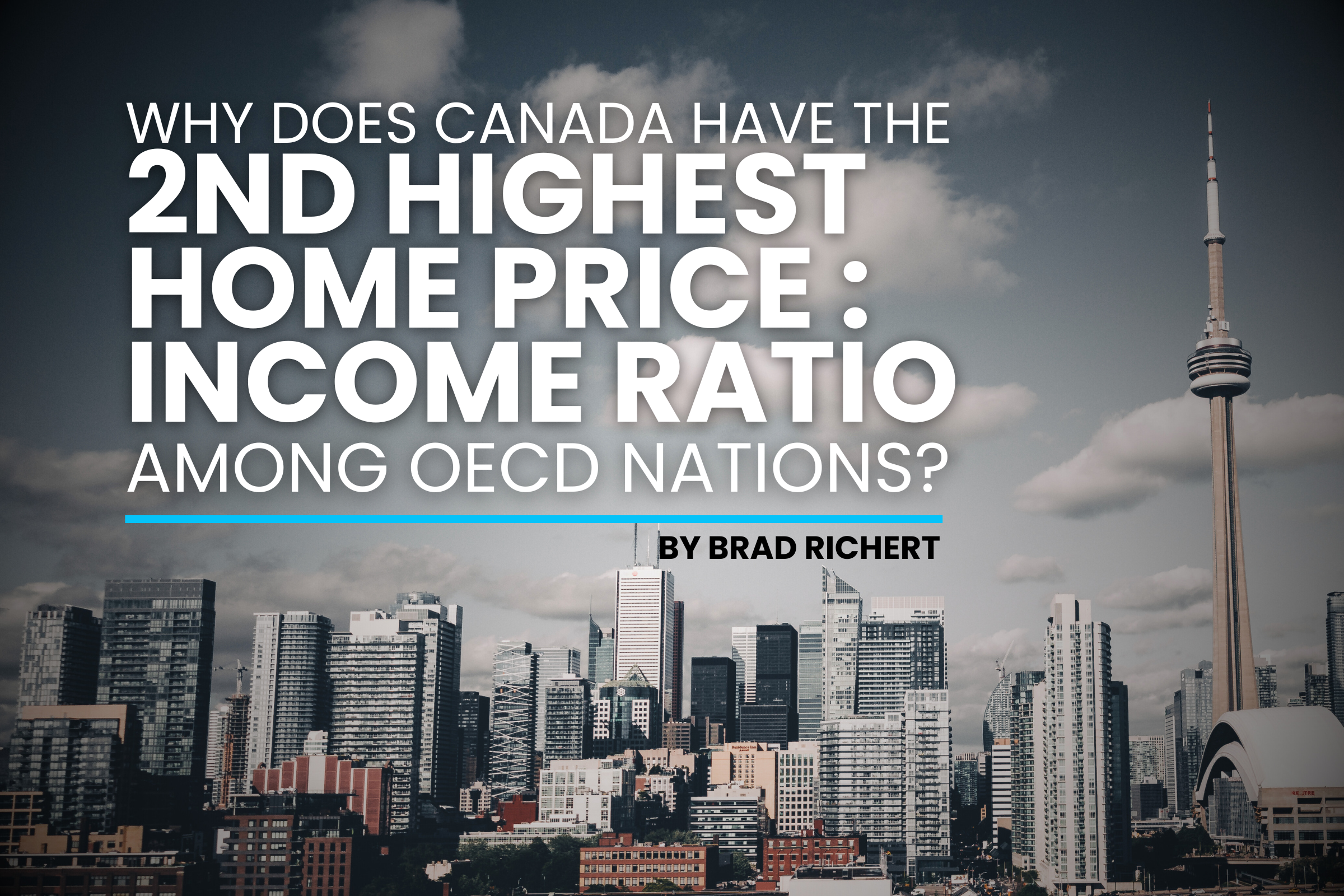No matter what side of the political spectrum you sit on, one thing that I believe most Canadians would admit is that things are looking a little… uncertain. The only thing worse than so-called “experts” having an opinion about what will happen next, especially in regards to our real estate market, is that a fair share of people think I might actually know what will happen next. I don’t.
The danger that many “experts” face when projecting future sales figures or values is that it is too easy to look at one or two variables and then go all in with calculations – which rarely ever come close to reality. Over the past 15 years of being a REALTOR and the past 25 years I watching the real estate market, I have seen every major bank, economist, and real estate company which attempts to forecast markets fail spectacularly more often than they come within striking distance of the truth. Yet we live in a society that seems to depend on these analysis even though there is about as much accuracy in them as your standard palm reading.
This isn’t to say, however, that, just like heeding the advice of an intuitive astrologist, there isn’t some value in using past trends and generalized data to predict some vague future so that we can make wise, semi-informed decisions. We can’t predict what Donald Trump might do with tariffs anymore, or less, than we could have predicted what will, or won’t, happen due to the oil crisis of the late 70s, the interest rate hikes of the early 1980s, the fall of the Soviet Union, the Persian Gulf War, Y2K, 9/11, the 2008 housing crisis, whatever set off the insane 2016 housing spike, or the 2020 pandemic.
I hope that when you look at that list you see a commonality: there are no such thing as “certain times”. The world is always changing and we live in a global society that is so interdependent on each other that does not allow for certainty.
People say it’s a time of uncertainty. It was uncertain on September 10th, 2001, people just didn’t know it. It’s uncertain every single day.
-Warren Buffett
On top of all those big events that each had significant affects on the economy and housing markets, we can’t forget the underlying social and technological advancements going on in the background: the internet, the introduction of the smart phone, social media, and artificial intelligence. There is no certainty around where any of this goes.
Yet we know that some actions generally have common consequences. Major cataclysmic events lead to market uncertainty, which has the consequence of high unemployment rates, which hurts purchasing power and results in less economic output which in turn forces lower interest rates followed by more government spending, which pumps money back into the system, which usually causes inflation, and so on and so forth.
So what do we do amidst all these events – especially when individuals have very little power to influence change?
An argument is made that there are just too many question marks about the near future; wouldn’t it be better to wait until things clear up a bit? You know the prose: “Maintain buying reserves until current uncertainties are resolved,” etc. Before reaching for that crutch, face up to two unpleasant facts: The future is never clear and you pay a very high price for a cheery consensus. Uncertainty actually is the friend of the buyer of long-term values.
-Warren Buffett
I’ve purposely quoted Warren Buffett because he is the quintessential student of uncertainty, and also its master. There are urban legends that surround the man’s unwavering commitment to a stoic stability. Buffett’s advice isn’t quite the same as the wartime British adage, “Keep Calm and Carry On”, but there is a similarity in the advice that may be worth considering in our day to day lives.
I don’t know what the future holds. I’ve written a bit about what tariffs might do before, but general speculation is all we have. So far what we’ve seen in the local housing market is, perhaps thankfully, stability. The next interest rate announcement will be on April 16, 2025, alongside a fuller Monetary Policy Report. Let’s take a look now at what 2025’s first quarter has looked like throughout the Lower Mainland.
Lower Mainland Real Estate Market Update
Greater Vancouver Real Estate
For the third month in a row, Greater Vancouver’s detached home market has has seen prices rise, from December’s low of $1.997 million to over $2.034 million. This is the highest benchmark price since last August. This represents a fairly stable climb, averaging just under $12,500 per month in equity on a “typical” $2 million Vancouver home. The rising values, however, do come in spite of the sales to listing ratio hovering between 9-11% over those same three months, which should show a market in favour of the buyers. If these ratios continue, likely due to increase in inventory while demand remains tepid, then we could see downward pressure on prices. Detached homes comprised of 23.9% of MLS sales in March.
Townhomes in Greater Vancouver, which made up around 18% of the region’s sales, increased incrementally in their benchmark value for the second month in a row, up to $1.113 million from $1.106 million two months ago. The lack of inventory means this housing type is a bit harder to find, pushing the sales to listing ratio up to 22.6%, which is representative of a soft sellers market.
Apartments made up 52.2% of sales in Greater Vancouver in March and have also seen their second increase in a row to the benchmark value. In January, the typical Greater Vancouver apartment sold for $748,100, but that number is now up +2.6% in just two months to $767,300. However, this figure is still -0.9% below this time last year. The sales to listing ratio is down to 16.5% – its lowest since last September – which analysts would consider a balanced or soft buyers market.
*Greater Vancouver covers the Metro Vancouver municipalities to the west of Surrey, plus the Sunshine Coast, Squamish and Whistler, as well as communities north of the Fraser River a far east as Maple Ridge. Statistics include South Delta but not North Delta.
Fraser Valley Real Estate Update
Similar to the Greater Vancouver market, detached homes in the Fraser Valley have also experienced a three-month climb in benchmark value. December’s typical detached home would sell for just over $1.48 million – this has bumped up to $1.505 million in three months: a +1.7% increase. This amount is still -1.5% below the benchmark value this time last year. In another statistic similar to across the river, only one in 10 detached homes on the market have been selling each month since January. Detached homes made up 32.7% of the Fraser Valley MLS sales.
The benchmark value for townhomes in the Fraser Valley dipped to an low of $826,000 in January – a value lower than any month in 2024. However, the market has seen a cautious reversal, now up to $833,700 in March (-1.7% compared to March 2024). With a sales to listing ratio steady around 19-20% over the last three months, there is adequate demand in the townhome market to see prices continue to rise. Townhomes accounted for 28.7% of all Fraser Valley MLS sales in March.
The Fraser Valley apartment market hit a 20-month low in December with a benchmark value of $533,900. In a similar story to the Fraser Valley’s townhome market, there has been an incremental increase in prices in the year’s first quarter, with the benchmark value now at $540,900 (-2.6% compared to March 2024). The sales to listing ratio for Fraser Valley apartments is been stable around 13-14% over the last three months, which is in the realm of a balanced-buyers market. Apartments accounted for 33.7% of MLS sales, which doesn’t include off market new development transactions.
*The Fraser Valley covers municipalities from North Delta in the west to Abbotsford in the east, plus Mission.
Chilliwack & District Real Estate Update

Chilliwack’s detached home market got hit fairly hard last Fall, but has recovered it’s losses since then. October bottomed out with a benchmark value of $867,100, before climbing up to $911,500 by this February – the highest since April 2024’s peak of $928,100. However, the benchmark value fell slightly to $909,300 in March. The sales to listing ratio shows some pressure on buyers, at 19-19.6% over the last two months, as the proportion of spring sales matches increase in new inventory. Chilliwack’s detached home market continues to be the main driver of the market, with 48.2% of all MLS sales being in this housing type.
Townhomes make up 25.9% of MLS sales in the Chilliwack region, and prices have favoured sellers in the first quarter of 2025. The typical Chilliwack townhome was selling for $626,500 at the end of 2024, but is now selling for $647,200 – a significant +3.3% in just 3 months. March’s value is also +3.0% compared to this time last year. The sales to listing ratio also shows a solid seller’s market, going from 25% in January to 31% in February and finally 36% in March – this is pretty tough on buyers, as sales are outpacing the number of new listings coming on the market.
Chilliwack’s apartment market – which only accounts for 14% of the local market (that’s 32 sales for those who are accounting) – received a sharp bump in February, with the benchmark value increasing from $389,600 to $415,600. However, this comes after 5 straight month of declines, so I do suspect that this may be a bit of a statistic adjustment, which is common in smaller markets. March’s benchmark value of $416,000 proves some recent consistency. The sales to listing ratio over the past two months have been in the 15% range, which is indicative of a balanced buyers market.
*Chilliwack & District covers the City of Chilliwack (including Yarrow, Sardis, & Rosedale) , Agassiz, Harrison Hot Springs, Lytton, and Hope.




